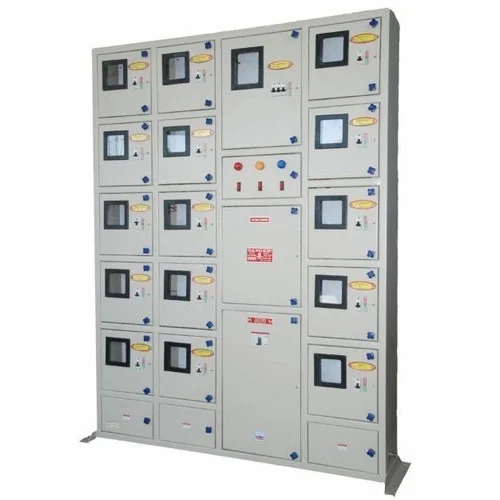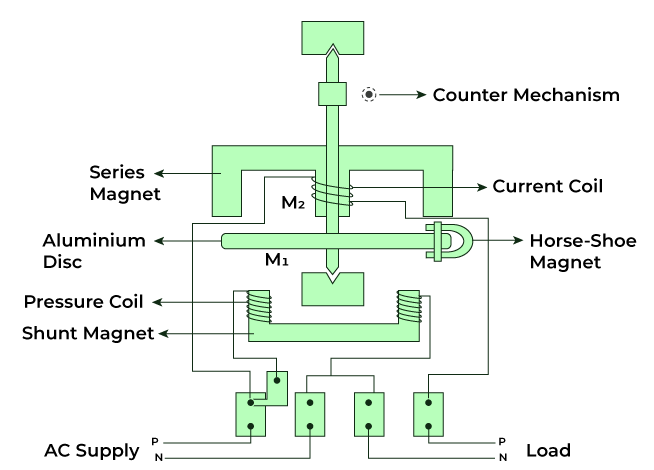Do you know the EV charger working principle? This article will introduce EV Charger Working principle from AC ev chargers and DC ev chargers. Besides, you can know the difference between AC EV charger and DC EV charger.
AC EV Charger Working Principle
The electrical system design of the AC charging pile is shown in the figure. The main circuit is composed of an input protection circuit breaker, AC smart energy meter, AC control contactor, and charging interface connector; the secondary circuit is composed of a control relay, emergency stop button, and operating status indicator light, It is composed of a charging pile intelligent controller and human-computer interaction equipment (display, input and card swiping).
The main circuit input circuit breaker has overload, short circuit and leakage protection functions; the AC contactor controls the on and off of the power supply; the connector provides a charging interface for connecting to electric vehicles, and has a locking device and anti-disoperation functions.
The secondary circuit provides “start-stop” control and “emergency stop” operations; the signal light provides “standby”, “charging” and “fault” status indications; the AC smart energy meter performs AC charging measurement; the human-computer interaction device provides card swiping and charging Mode setting and start-stop control operation.

DC EV Charger Working Principle
The electrical part of the DC charging pile consists of a main circuit and a secondary circuit. The input of the main circuit is three-phase alternating current. After passing through the input circuit breaker and AC smart energy meter, the charging module (rectifier module) converts the three-phase alternating current into direct current that the battery can accept, and then connects the fuse and charging gun to charge the electric vehicle. The secondary circuit is composed of a charging pile controller, a card reader, a display screen, a DC meter, etc. The secondary circuit also provides “start-stop” control and “emergency stop” operations; the signal light provides “standby”, “charging” and “full” status indications; the display screen, as a human-computer interaction device, provides card swiping, charging mode settings and start-stop control operations.
Whether the battery accepts charging is not determined by the charging pile, but by the brain of the battery, the BMS. The BMS issues instructions to the controller “whether to allow charging, whether to terminate charging, how much voltage and current can be accepted for charging”, and the controller then issues it to the charging module. Therefore, it is necessary to implement CAN communication between the controller and BMS, and CAN communication between the controller and the charging module;

The Difference between AC EV Charger and DC EV Charger
1. Charging efficiency: DC pile directly pours DC power into the vehicle power battery. DC to DC, the charging speed is fast, and it may cause damage to the battery (there is no scientific conclusion yet). AC piles need to be converted through on-board chargers, DC-AC-DC, and the charging speed is slow, which is beneficial to battery life, but there is the problem of electrical loss during power conversion.
2. Charging speed: There is a big difference in charging speed between the two. After a pure electric vehicle (ordinary battery capacity) is fully discharged, it takes 8 hours to be fully charged through an AC charging pile, while it only takes 2 to 3 hours through a DC fast charging pile. .

Expansion: 1) DC charging pile: DC electric vehicle charging station, commonly known as “fast charging”, is a power supply device fixedly installed outside the electric vehicle and connected to the AC power grid, which can provide DC power for off-board electric vehicle power batteries. 2) AC charging pile: AC electric vehicle charging pile, commonly known as “slow charging”, is fixedly installed outside the electric vehicle and connected to the AC power grid to provide on-board chargers for electric vehicles (i.e. chargers fixedly installed on electric vehicles). AC power supply device.






